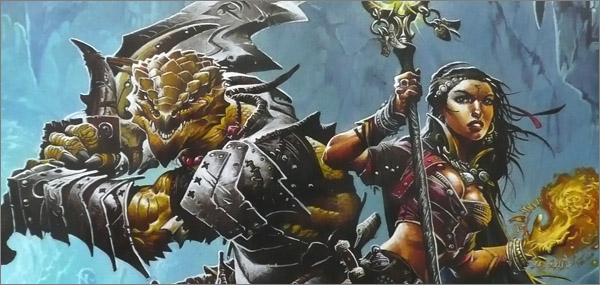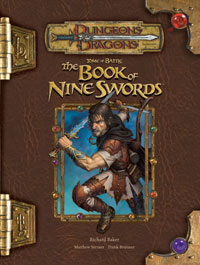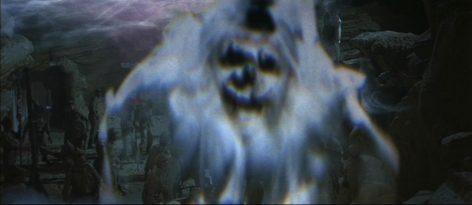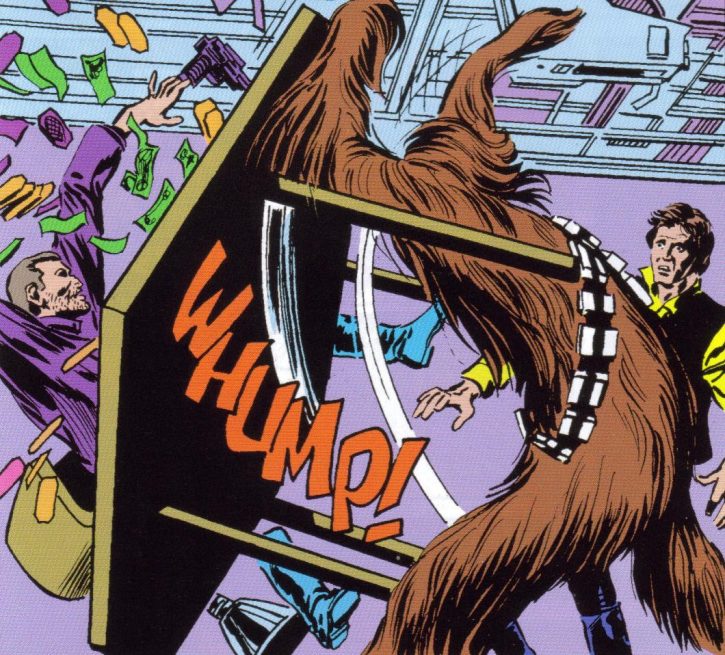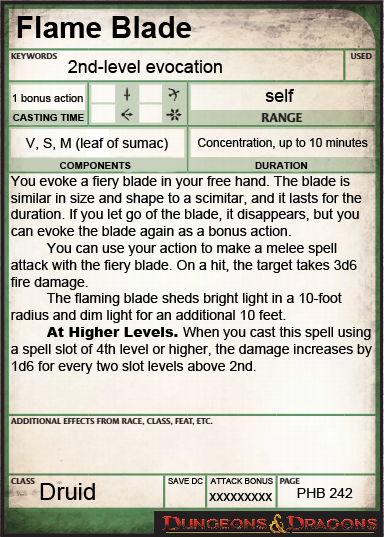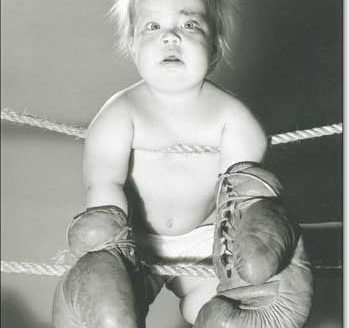D&D: You’re Wrong, 4th Edition was Great


4th Edition was great. Don’t agree? Come at me bro…
It’s too much like a video game. It’s Disney does D&D. It came out of nowhere ad changed everything. It was too actiony–there were too many powers. The powers were stupid to begin with. There’s no end to the litany of complaints levied at 4th Edition Dungeons and Dragons. In fairness, 4th Edition had its problems. Glut was a real, and fast-pace thing in this edition.
Within two years Wizards of the Coast released the complete core trilogy, a second core trilogy (PHB II, etc.) a splatbook for each of the “power sources” (Arcane, Divine, Primal, Martial) and the list goes on. There were a ton of classes, combos, magic items, various skills and talents to choose from. This edition tried to have it all, but piled it on the plate without thinking about how it was arranged.
Kind of like your first time at one of those everything buffet restaurants…
But even with all that in mind, 4th Edition will always have an important place in the annals of D&D history. Simply put, it’s great. Here’s why:
Evolution
Let’s start by talking about what 4th Edition represents. Role-Playing Games evolve or they die.* Not just fixing mistakes (that’s what errata is for–well, that and giving you a little extra ammunition when going up against the rules lawyer who tries to convince you you’re wrong all the time), but their core ideas and get a little more refined. Even the most grognardian b/x retro clone** still takes modern design into account.
At first glance, 4th Ed. might seem like a wild leap into strange territory that is easy to write off as an experiment/fever dream. Except 4th Edition has a very clear lineage that you can trace back very clearly. 4th Edition represents a shift in design, incorporating ideas that came about from the shift of 3.0 to 3.5, the success of Star Wars Saga edition, and the final few splatbooks for 3.x, including (especially?) the Book of Nine Swords.
What if we made playing a fighter fun past 5th level?
So what is 4th Edition’s philosophy? Well it’s definitely more that the game itself should be fun to play. Everyone should have an interesting turn–characters should be about on par with each other (and to date, this Edition has dealt with the disparity between Wizards and Fighters (for example) the best.
No longer were characters bound by differing bonus tracks–the death of BaB/varying THAC0 scores was one of the greatest moves. It let them retool for balance. And while 4th Edition did not have it perfectly, by any stretch of the imagination, this idea helped bring the disparate parts of the game closer together. Being able to reliably figure out player’s attack bonuses and chances to hit meant they could better plan adventures and encounters.
Ease of Use
Speaking of planning encounters–nowhere is this next point more prevalent than in encounter design. 4th Edition is so much easier to use than 3rd. Not necessarily less complex, or that it has less depth, just that it understands that you don’t need certain things to make an encounter work. In 3.x, genning up an encounter might seem like it’s just picking out monsters from the Monster Manual–but then layer in advancing monsters, or trying to have characters fight villains with classes and I hope you didn’t have anything better to do for the next six hours.
God help you if you tried to do anything with templates (check out the Ghost for an example of what I mean).
Even if the only thing that you ever did for your encounters was to pick out preset groups of monsters–do you know the intricacies of every little rule in 3.x? Do you know what it means when it says that a monster has Spring Attack in its list of feats? Okay, but what about monkey grip, or improved trip?
4th Edition took that clutter of rules and distilled them down.Monsters became a little more modular, similar to characters but built on a slightly different engine. This comes back to that design shift I mentioned earlier. It feels like the rules stopped representing painstakingly modeled creatures and more like they started acknowledging the exigency of the gaming table.
Pictured: acknowledging the exigency of a gaming table…
It’s why you saw tips like, “use more than one monster.” Or why elite and solo monsters existed in the first place–they were a good way, (in theory) for the GM to quickly and easily judge, “okay this monster is a good threat to my party.” Same thing for figuring out how to develop your character–at least at first.Once the later books came out there were too many powers and magic items (and not enough good ones) but that does bring me to our next point.
Powers
Sure. Yeah let’s talk about powers. They’re the big reason that 4th Edition gets criticized for “being basically an MMO.” And they’re not necessarily wrong–the powers were definitely influenced by games like World of Warcraft, but that’s not necessarily a bad thing. The key idea behind the powers is “every turn should be interesting.” Even when players have nothing to do but make a simple attack they’re still doing something that feels unique.
The way a Fighter swings a sword is fundamentally different from how a Ranger does–in spite of their similarities. This led to things like powers that moved enemies around, that let you deal extra damage–and every class had some kind of ability they could use once an encounter or once per day (not just Wizards).
This idea originated in Star Wars saga edition, from Force Users, specifically. Any character attuned to the force could acquire a suite of powers that let them make incredible attacks–these include throwing things at people telekinetically, or absorbing and reflecting blaster bolts. When the Book of Nine Swords came along with its expanded rules for martial heroes (including special attacks that seemed cut from the same Saga edition cloth), it amped up the power level of the game, but also made playing a fighting type hero fun.
All this went into making sure that every class had a range of powers available to them so that they could do something cool–and more importantly–still be useful afterwards. No longer did Wizards need to go lie down for the day after 1.5 encounters.
It made fighting monsters much more fun too. And easier. Being able to look at the entries for different sorts of Yuan-Ti and see what all their powers are made it very easy to plan an encounter and design tactics for them to use. And during the actual fights, it was always nice to have more options bsides just “attack them with melee.”
Explicitness
No not like that–though you’d be surprised at how many threads were devoted to the whole ‘do female Dragonborn have boobs’ debate. What I mean here is that the game takes a lot of the unspoken ideas in 3.x and flat out states them. Take the Tiered play for instance. These ideas always existed–you needn’t look any farther than the DMG to find advice that explains in brief the sort of capabilities different leveled parties might have.
The game necessarily changes once you start being able to reliably teleport, polymorph, plane shift etc. So they broke the game up into three tiers and gave an explanation about what to expect from each. Same goes with magic items–they took an opportunity to say “hey everyone’s going to have magic items, we may as well make them useful.” Granted this is probably the biggest misstep in implementing it–the problem was that there were too many that did nothing important (or that had a daily power that you would get questionable value of)–but they were unique.
This is something 5th edition has taken in a different direction. Now magic items are their own unique thing–where and how they interact with combat is chosen very deliberately, instead of the scattershot approach before.
Character Builds
The other big divisive thing. There were a lot of complaints on the various forums when people got a look at the “two ways to make your character” and what was happening to “prestige classes.” They criticized game for limiting you to a specific set of character builds. And while having preset who you’d pick for your character is a little limiting on the one hand–it also makes it a lot harder to mess up your character during advancement. After all, there have always been certain “best builds,” but they just made it so you don’t have to hunt through the chaff of a thousand different feats.
Guys, I have some new unarmed feats I wanna try. THIS TIME it’s going to work!
Mostly because they made feats largely irrelevant by giving you a ton that didn’t really matter or that only added a little. I feel like they got it right in 5th, by making them options that add some extra breadth to your character rather than piddling incremenetal bonuses that make sure your math equation is about right.
Anyway, there you have it. Five reasons 4th Edition was great–and while it wasn’t perfect, and I think 5th Edition is objectively the best D&D we’ve had come along in a while, we wouldn’t have it without 4th Edition. A lot of the same conceptual ideas are present, but they are just executed differently. Every character still has plenty of opportunities to take meaningful actions over the course of a fight–but nothing is quite as out of hand as powers could get. The math is still finely tuned (and on purpose) but the numbers don’t go so high or get as ridiculous. The list goes on…but you get the idea.
~What do you think? 4th Edition, unsung hero, or deserved pariah? Was 4th Edition really as bad as the Star Wars Prequels? Let us know!
*Well, really they just stop getting new editions but people will still play them. I mean Chess hasn’t had a rules update in how long? And it has a couple of actually pretty good movies (and a musical) out there.

